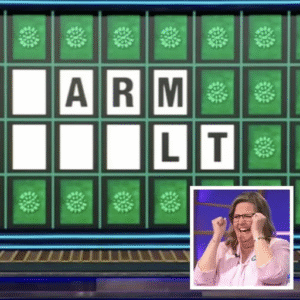Curiosity About Yellow-Cap Coca-Cola
While shopping at my local grocery store, I overheard a woman insisting on yellow-cap Coca-Cola and refusing the red-cap version. Her firm preference and visible distress piqued my curiosity, though I hesitated to ask for details. This interaction left me wondering about the significance of the yellow-cap Coca-Cola and why it was so important to her.
What Do Coca-Cola Cap Colors Mean?
Coca-Cola, a globally recognized brand, uses different cap colors to represent variations in their products. These colors can indicate changes in formulation, packaging, or promotional campaigns. The red cap is the most iconic, typically associated with the classic Coca-Cola. However, other colors, such as yellow, may signify something special about the product.
Why the Yellow-Cap Coca-Cola?
The yellow cap typically marks a Coca-Cola bottle that is kosher for Passover. During this time, observant Jews avoid leavened products and certain grains, including corn. Since regular Coca-Cola contains high fructose corn syrup, which comes from corn, the company offers a special version made with cane sugar instead. This version is marked with a yellow cap to distinguish it from the regular formula.
Reasons for Preferring Yellow-Cap Coca-Cola
People may prefer yellow-cap Coca-Cola for several reasons. For those observing Passover, it’s a religious necessity. Others might prefer the taste of the cane sugar version, which is closer to the original formula before high fructose corn syrup became the norm. Some may even see it as a healthier or more natural option.
Coca-Cola’s Regional Variations
Coca-Cola tailors its products to regional and cultural preferences. In some areas, cane sugar is used as the primary sweetener, while in others, high fructose corn syrup is more common due to cost and availability. These variations can lead to different taste profiles, influencing consumer preferences. The yellow-cap Coca-Cola is one example of how the brand meets specific cultural and religious needs.
Taste and Personal Preference
Taste is subjective. Personal preference plays a huge role in product selection. Some individuals may prefer the flavor of the cane sugar version because they grew up with it, creating a nostalgic attachment. Others might simply enjoy the smoother or less sweet taste compared to the high fructose corn syrup version.
Health and Dietary Considerations
For some, health concerns or dietary restrictions may influence their preference for yellow-cap Coca-Cola. Cane sugar is often seen as a more natural sweetener, and some individuals prefer it for this reason. Additionally, people with sensitivities to certain ingredients might find the yellow-cap version more suitable for their dietary needs.
Limited Edition and Marketing Appeal
Occasionally, Coca-Cola releases limited edition products with unique packaging or formulations. The yellow-cap version could be part of such a campaign, attracting collectors or enthusiasts. Marketing strategies like these create a sense of exclusivity, driving consumer interest and influencing buying behavior.
Conclusion: Decoding the Yellow-Cap Preference
The woman’s insistence on yellow-cap Coca-Cola likely stems from a mix of religious observance and personal taste. While the yellow cap typically signifies a kosher product for Passover, its distinct formulation with cane sugar appeals to a wider audience. This encounter highlights how a simple bottle cap can carry significant meaning and influence consumer choices in unexpected ways.





